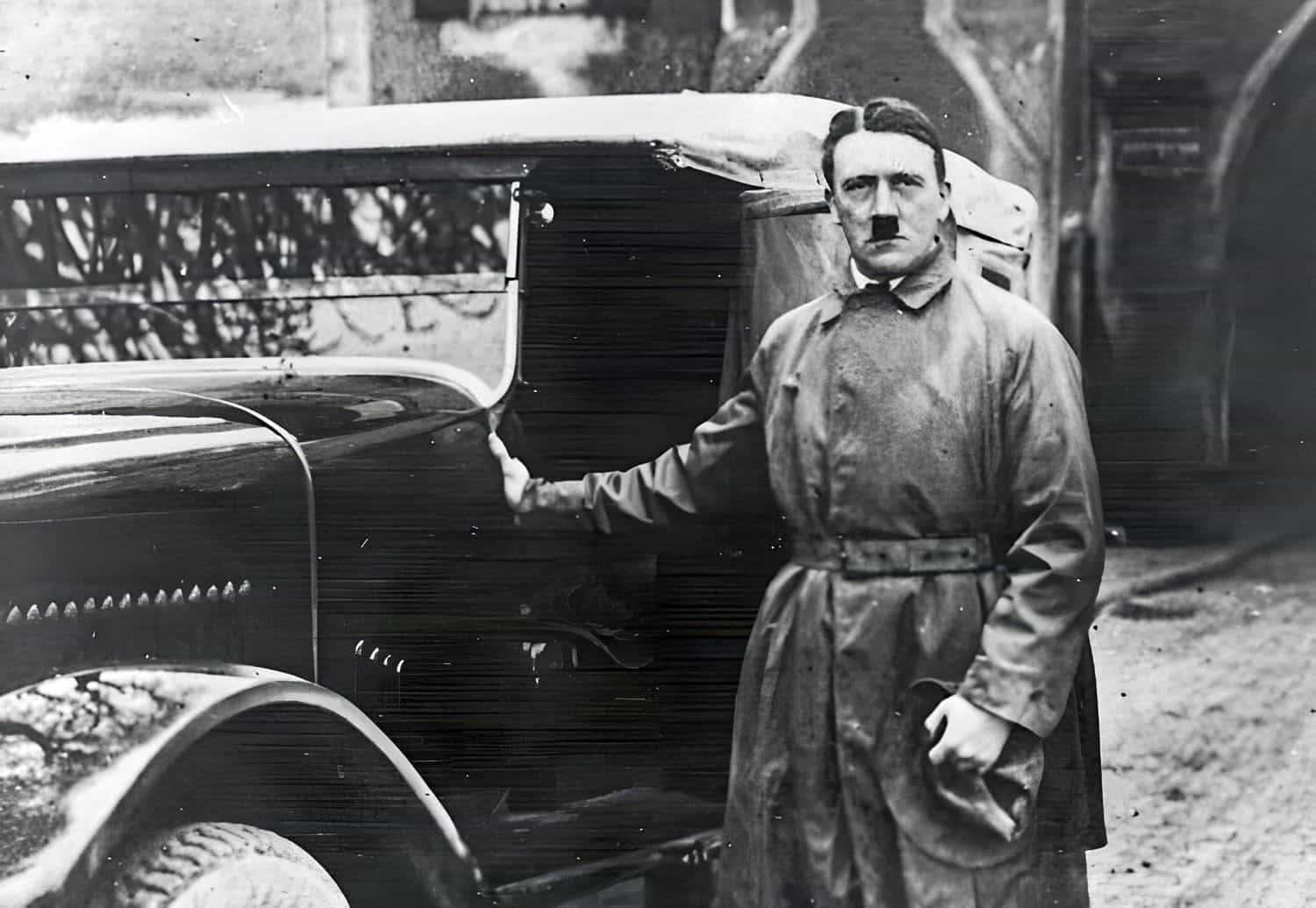Hitler’s Cars: Which Cars Did Adolf Hitler Own and Drive?
Hitler had many Mercedes-Benz cars and was a huge fan of the brand. He was also said to have been involved in serious car accidents.

Hitler had many Mercedes-Benz cars and was a huge fan of the brand. He was also said to have been involved in serious car accidents.

